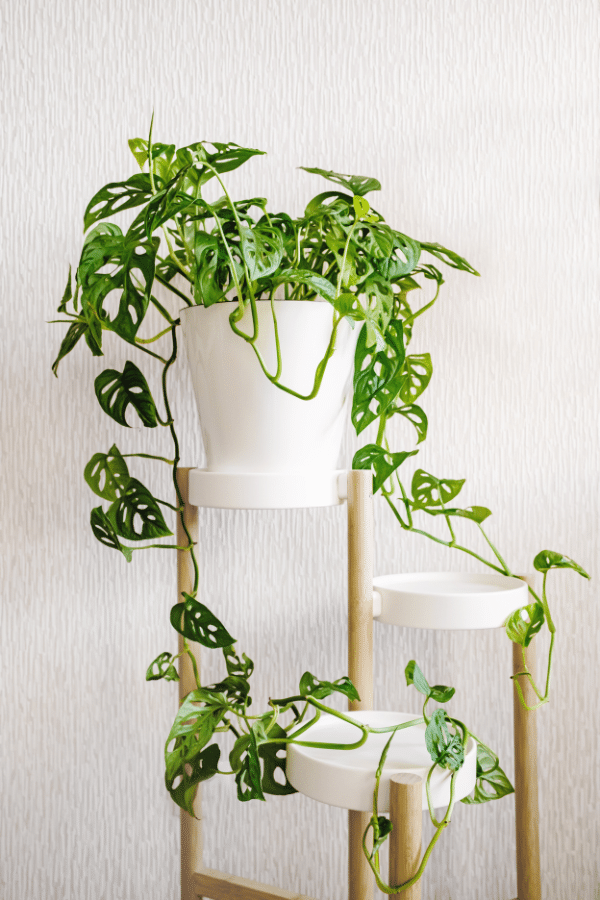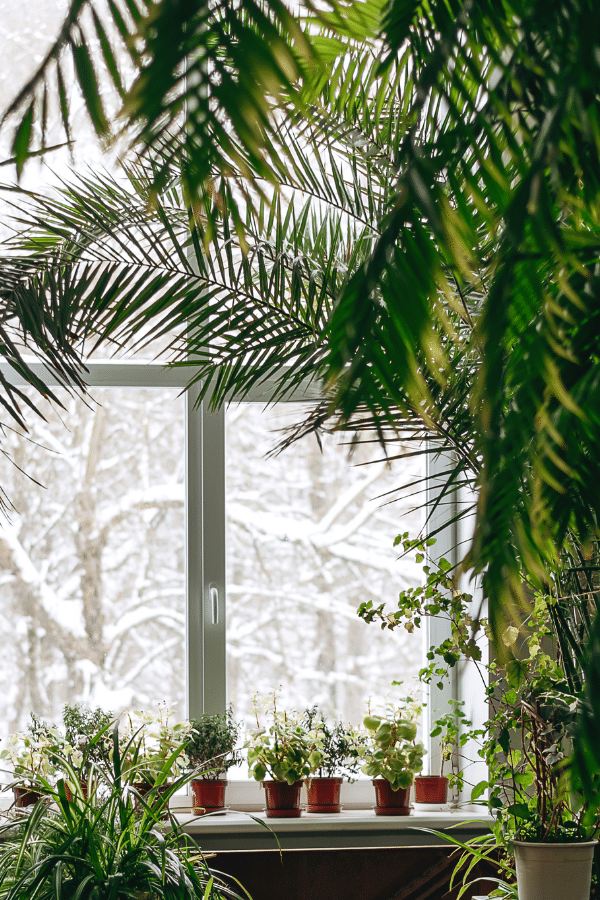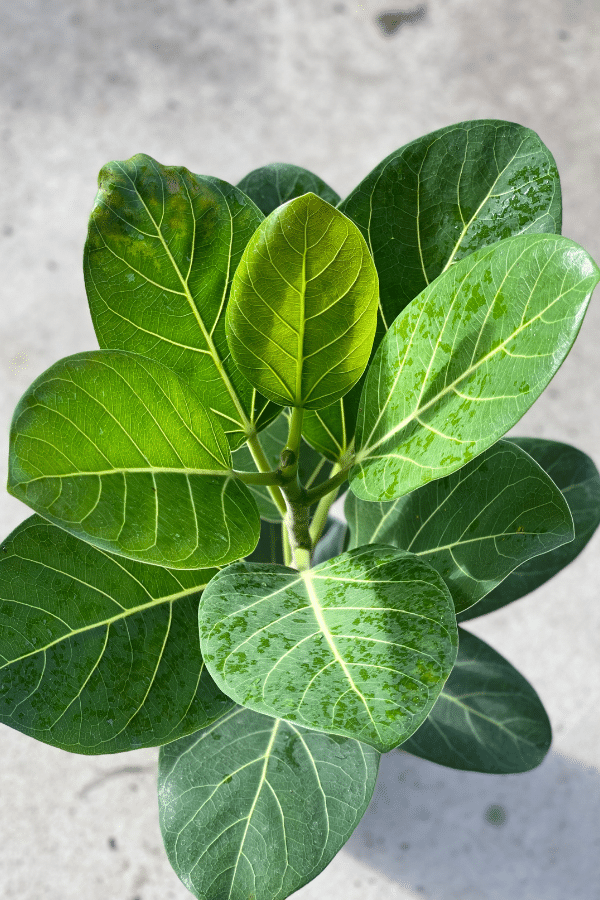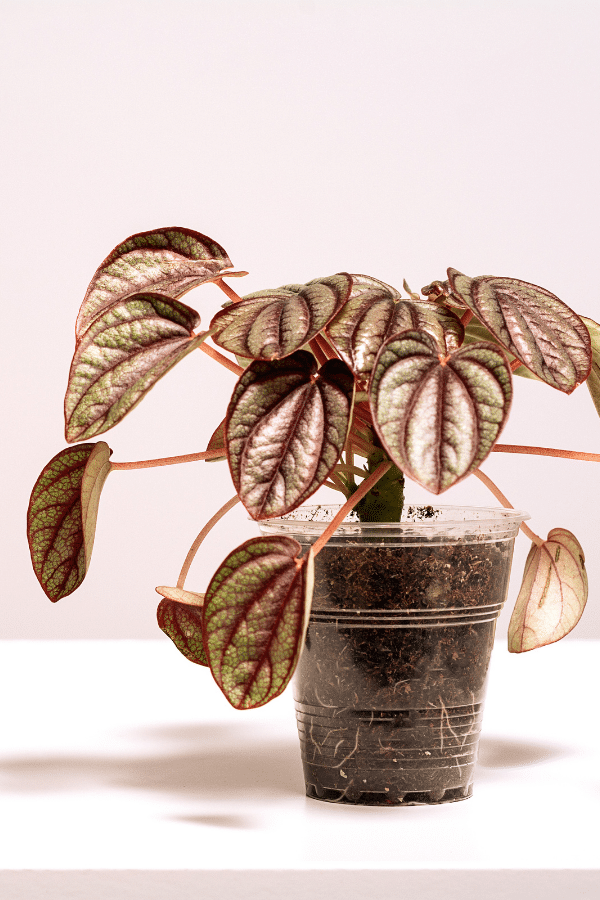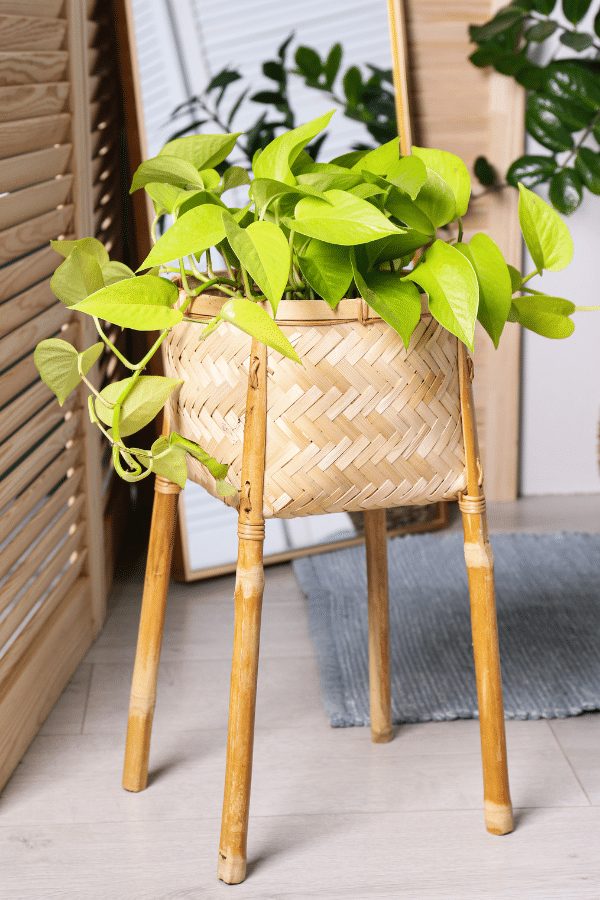Neon Pothos Light Requirements
The neon pothos is an excellent choice if you’re looking for a low-maintenance houseplant that can add a pop of color to your living space. This tropical plant is known for its bright green and yellow leaves, which can grow up to three feet long. But before you bring one home, it’s important to understand neon pothos light requirements to ensure it thrives in your space.
In this article, we’ll talk about the light requirements, how to measure light, and finding the best light in your home. After reading this article, you will know if a Neon Pothos can thrive in your house or not regarding light.
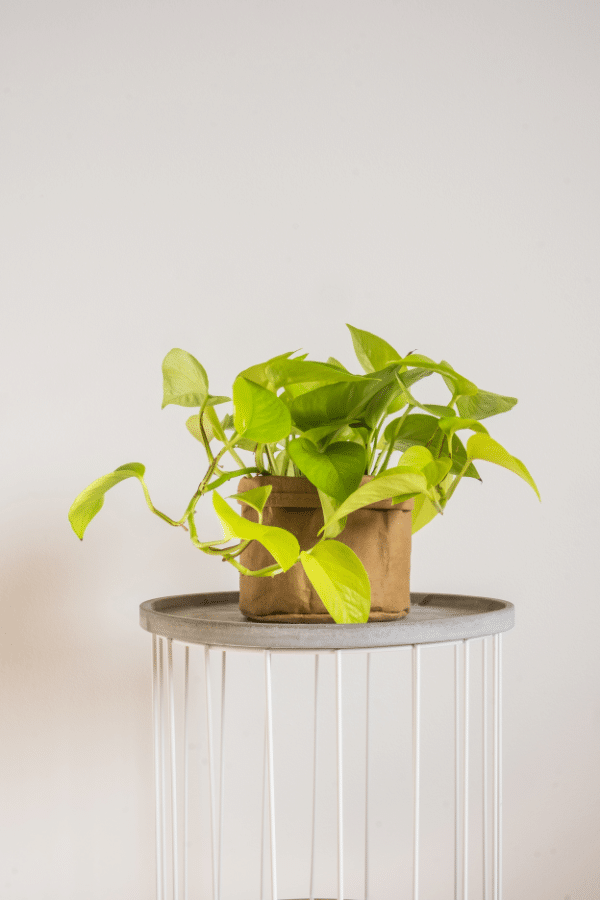
Understanding Neon Pothos
This plant is known for its bright green leaves with yellow variegation. Here’s what you need to know about its light requirements:
Neon pothos plants thrive in bright, indirect light. Too much direct sunlight will burn the leaves, so an area with diffused light is best. If you’re unsure whether your plant is getting enough light, look at the color of the leaves. If they start to turn a darker green, it could indicate that the plant needs more light.
If your home doesn’t have a spot with bright natural light, you can use grow lights to help neon pothos grow. LED grow lights are a good choice, as they provide the correct spectrum of light for plant growth without generating too much heat. Keep the light source about 6-12 inches away from the plant, and aim for 12-14 hours of light per day.
Remember to rotate your neon pothos regularly to ensure even growth. If one side of the plant is getting more light than the other, it can become lopsided. Rotating the plant every few weeks will help it grow evenly and maintain a healthy shape.
Neon Pothos Light Requirements
If you want your Neon Pothos to thrive, you must provide the right amount of light. Here are a few things to keep in mind:
Bright, Indirect Light: Neon Pothos plants prefer bright, indirect light. Direct sunlight can scorch their leaves, while too little light can cause their growth to slow down. Place your plant as close to a window that gets plenty of sunlight throughout the day. Don’t worry, a window does diffuse the sunlight. Move it back if you notice the leaves getting burned.
Low-Light Tolerance: Neon Pothos plants prefer bright light but can also tolerate low-light conditions. If you have a room that doesn’t get much natural light, your plant can still survive. Provide it with some artificial light to help it continue to grow well.
Avoid Direct Sunlight: As mentioned earlier, Neon Pothos plants don’t do well in direct sunlight. If you place your plant in a spot that gets direct sunlight, you’ll notice that the leaves will start to turn yellow and brown. If this happens, move your plant to an area with less direct sunlight.
Rotate Your Plant: To ensure that all parts of your Neon Pothos plant get enough light, rotate it every few weeks. This will help prevent one side of the plant from getting too much light while the other side is in the shade.
Monitor Your Plant: Keep an eye on your Neon Pothos plant to ensure it’s getting enough light. If the leaves start to look dull or the growth slows down, it may be a sign that your plant needs more light. On the other hand, if the leaves turn yellow or brown, it may get too much light.
Measure the Lighting In Your Home
To truly understand how much light your home has, measuring it is imperative. This will help you determine the best location for your plant and ensure that it gets the right amount of light.
One way to measure the lighting in your home is to use a light meter. This device will give you a precise measurement of the amount of light in a particular area. You can use this information to determine which areas of your home are the brightest and which areas are the darkest. You want to aim for a reading of 200-400 foot candles for pothos plants.
Another way to measure the lighting in your home is to observe the light levels throughout the day simply. Take note of which areas of your home receive the brightest sunlight and which are shaded. You can also observe how the light changes throughout the day and which areas receive the most consistent light.
Once you have measured the lighting in your home, you can use this information to determine the best location for your neon pothos. As a general rule, neon pothos prefers 150+ foot candles. This means that they should be placed in an area that receives bright light for several hours a day, but is not exposed to direct sunlight.
If you have a particularly dark home, you can still grow a neon pothos by using artificial lighting. LED grow lights are a great option for indoor plants, because it’s the right light spectrum for photosynthesis without generating excess heat.
Find the Best Lighting In Your Home
Providing the right amount of light is crucial when it comes to keeping your neon pothos plant healthy and thriving. But how do you know if your home has the right lighting conditions for your plant to thrive? Here are some tips to help you find the best lighting in your home:
- Assess the natural light in your home. Take note of which rooms receive the most natural light throughout the day. South-facing windows provide the most light, while north-facing windows provide the least. East-facing windows receive delicate morning sun while west-facing windows receive intense afternoon sun. Remember that the intensity and duration of natural light can vary depending on the time of year and weather conditions.
- Consider artificial lighting options. If you don’t have access to natural light in your home, or if the natural light is not sufficient for your plant’s needs, you can consider using artificial lighting. LED grow lights are a good option for indoor plants, as they provide a full spectrum of light that can be customized to your plant’s specific needs.
- Monitor your plant’s response to light. Keep an eye on your neon pothos plant to see how it responds to different lighting conditions. If the leaves start to turn yellow or brown, it may be getting too much light. If the leaves are small or pale, it may be getting too little light. Adjust the lighting as needed to keep your plant healthy and happy.


